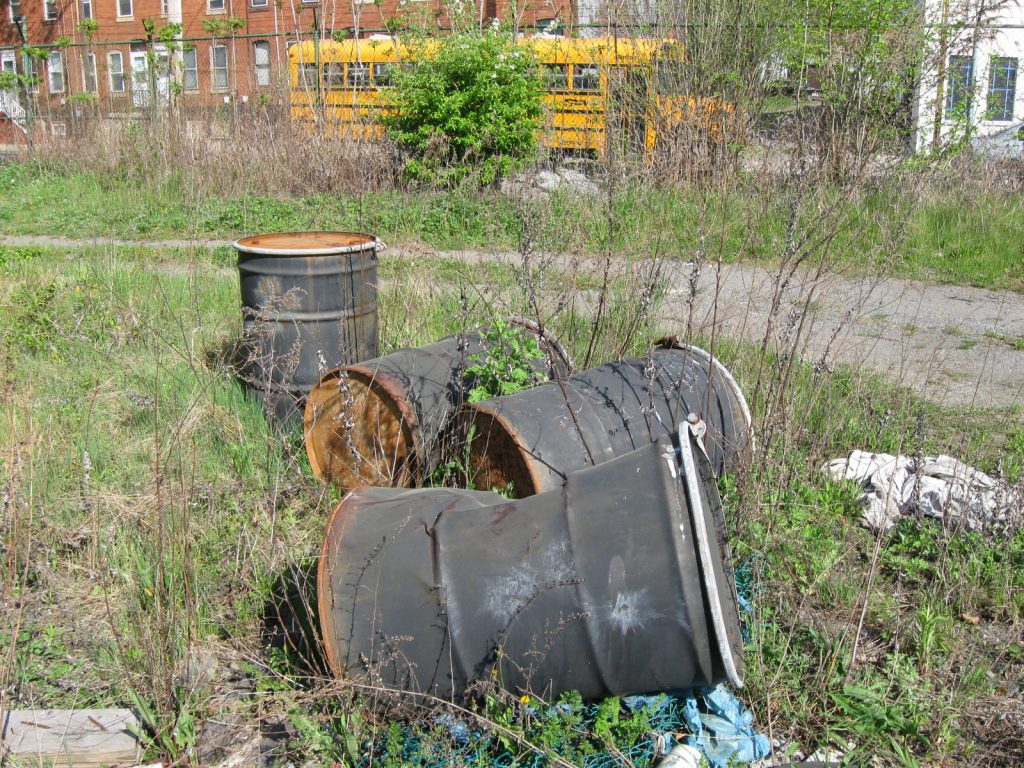
Environmental assessments are completed to ascertain if there is any soil or groundwater that could pose a threat to the environment and/or human health. It can also provide a liability defense for the owner. National standards for the Phase I and Phase II Environmental Site Assessments (ESAs) have been established by the American Society for Testing and Materials (ASTM). What does that actually mean when planning and reviewing a Phase I report and ensuring that your project has been properly assessed?
What does a Phase I ESA include?
The Phase I ESA is performed by an environmental professional and encompasses:
- Site visit: In order to observe and document current and past conditions and uses of the site and adjacent areas.
- Review of records: This includes databases tracking storage tanks, known cases, storage of hazardous materials, and engineering controls. Additional review of historic maps, property records, photographs, building permits, Sanborn maps, etc. should be included. Information inquiries to local, state, and federal regulatory agencies might take time. Be sure to build into your project timeline.
- Interviews with owners, occupants, neighbors and local government officials: Contamination doesn’t respect property boundaries, understanding the history of the site and neighboring activities is critical to identifying the potential sources and qualities of contamination.
- Although not part of the ASTM requirements, we recommend (and many government funders require) additional elements such as observation for asbestos containing materials (ACM), potential lead-based paint (LBP) / lead pipes for drinking water, radon, and mold growth.
The Phase I report should include a summary of the findings; an opinion as to potential environmental conditions; recommendations for a Phase II investigation, if required; and other requisite information.


